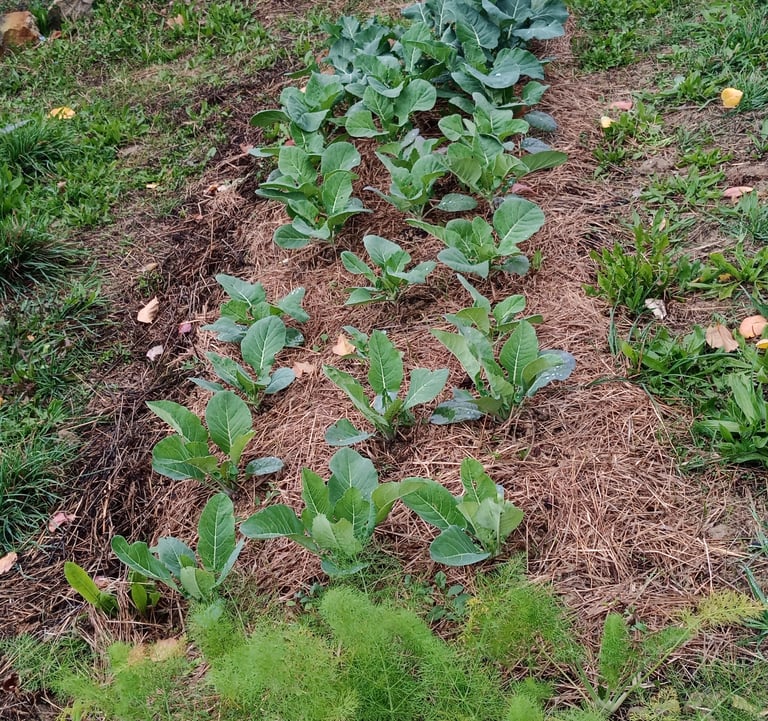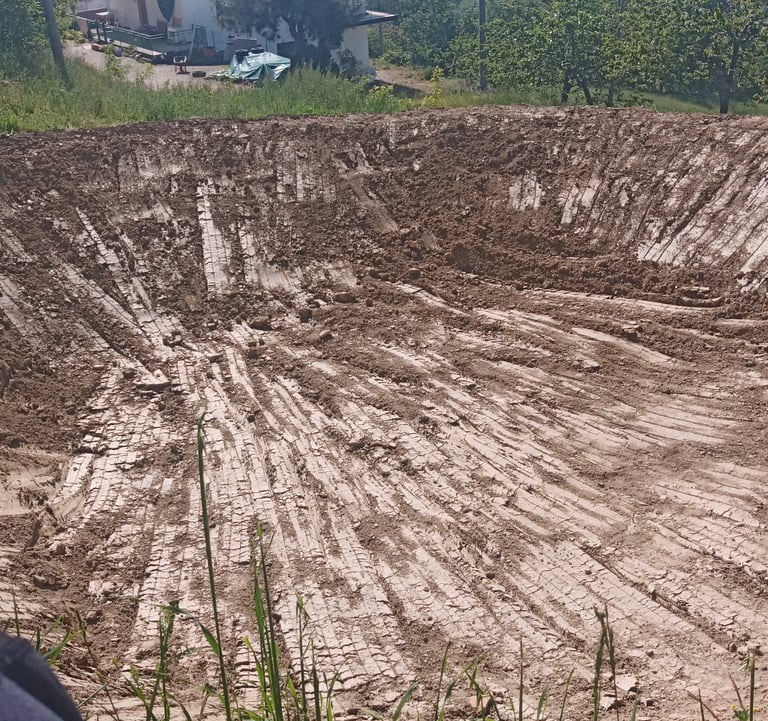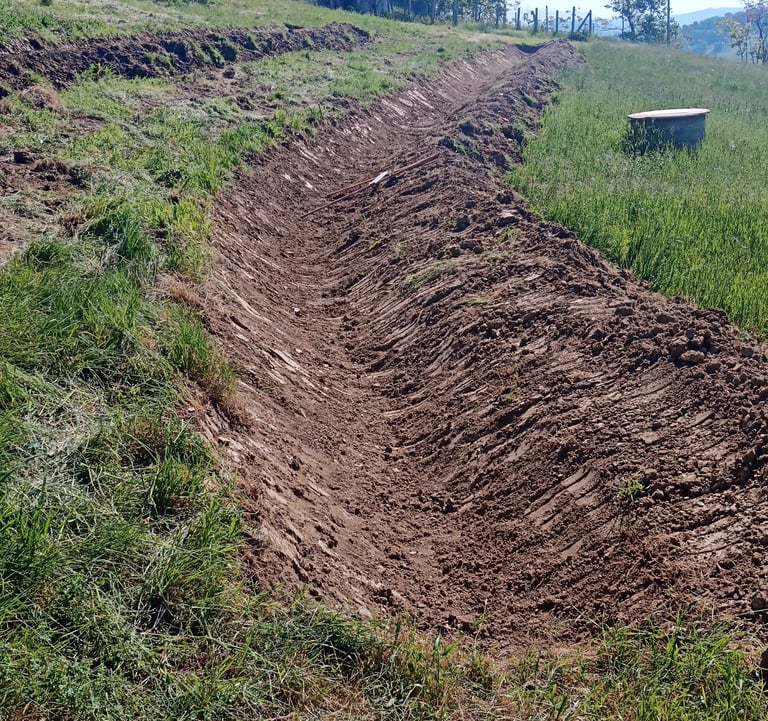What is the meaning of Permaculture?
In this post I provide a definition of Permaculture and show examples illustrating its principles.
Eva
7/15/20224 min read
Meaning of Permaculture
Permaculture – means permanent agriculture, a word invented by Bill Mollison and David Holmgren in late 1970s. Permaculture is achieved by conscious design and placement of crucial elements in the ecosystem including plants, animal species, shelter, energy sources so that they serve more than one purpose and lead to sustainability. Such placement benefits all living forms including bacteria, fungi, insects, animals, and people. Therefore, a philosophy behind Permaculture is to observe nature and work harmoniously with it. What it means in practice you may ask?
In practical terms, Permaculture sites are systems that after first few years of establishment (up to 5 to 7 years) maintain themselves. After such time, no one needs to intervene, prune, fertilise or water the system for it to stay productive. In other words species on permaculture homesteads if left undisturbed after first few years of creation keep bearing fruits. However, it is important to follow the principles. In this article I will focus on the most obvious ones to a Permaculturist and they are non-exhaustive.
The principal example is returning a waste to Earth, just like it's done within a natural forest ecosystem. We can see how forest maintains its fertility through a decomposition process occurring in cycles. Leaves, branches, twigs, and animal manure fall in certain place and break down creating forest compost covered with mulch (i.e. forest floor consisted of more leaves and forest material lying and waiting to be decomposed in time. The process repeats itself in cycles and in harmony with seasons). Thankfully by visiting wild forests we can observe a build-up of these materials, and when we uncover them we see a thick layer of soil that every gardener dreams to see in their gardens - rich, fluffy dark soil. This function is done with the help of many species including bacteria and fungi. Without them recycling of nutrients would be impossible; they also help regulate nutrient efficiency near plant roots. To increase fertility of soils in our gardens, we can replicate the process of forest floor creation. To do so we can recycle food waste, animal manure and available living materials such as hay, straw, leaves, moss, grass etc. It must be done efficiently which we explain in our courses.
Another important aspect is not to dig the soil in our gardens. It may come as a shock to you, but turning the soil has no real benefit even for hard pan clay soils. This is because by digging and turning the soil around (ie changing the way the soil is layered; top soil going underneath the subsoil), we disturb microorganisms benefiting our garden, forest and farm ecosystem. Instead, and with less work involved (another benefit to us gardeners!) we can cover the soil with a layer of compost where nutrients will be slowly released to the root zone of plants with the gravity force every time it rains or when we irrigate. To prevent nutrition from compost evaporating to the air, we cover it with a thick layer of mulch. It is especially important to do so in climates with periods of drought, as the exposed soil needs more watering and becomes nutrient depleted much faster. So by doing a simple activity of mulching, we create many benefits due to multiple roles that it plays in our gardens. I will explain. Mulch not only keeps the soil cooler in the summer and warmer in winter which is what we gardeners want in seasons, but it also improves soil fertility and keeps weeds down. It really is so simple and logical and makes organic gardening goals much easier to accomplish.
Next example talks about using our resources sensibly and taking advantage of existing patterns in nature. Picture hills where rainwater is quickly sinking to the valley. On one hand this is disadvantageous as it is difficult to keep water longer in the landscape. On the other hand, it is much easier to use the gravity force to irrigate crops in hills compared to flat lands. All we must do as Permaculturists is to set up systems that will help keep the water higher in the landscape and spreading and soaking it where we want and for how long we want. This can be achieved with careful Permaculture design in time and space as opposed to witnessing how water quickly escapes from our landscape causing drought or how water needs to be taken outside our system or pumped back uphill. Check Designs page to see an example of water map illustrating efficient water management in the landscape.
Careful placements of certain elements can be also planned according to zones specific to each property. It’s crucial to take into consideration weather cycles and occurrences so to be able to prepare for possible damaging effects of weather events such as strong winds or even tornadoes, hurricanes, or hot winds causing wildfires. Permaculture design takes all important aspects of your property such as topography, soil type, climate, placement in reference to bodies of water and mountains. Such design makes it possible for certain elements to blend with each other by creating links and by stacking important functions to make your life as a gardener, homesteader or a farmer easy.
The above-mentioned practical examples of applying Permaculture science in space and time illustrated how human activity can be integrated with natural surroundings to create highly efficient and sustainable ecosystems.
Let me know if you have found this blog entry useful and whether Permaculture has intrigued you. I am happy to answer your questions!


Compost pile


Vegetables covered with mulch


Small irrigation dam/pond


Permaculture swales freshly dug to catch, spread and soak water in the landscape

